Jigsaw Training won’t help you win the US Open
Leave a CommentFocus on the picture not the pieces
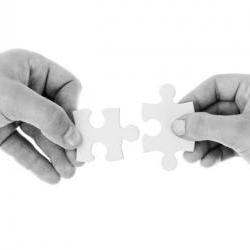 Golf fitness training is a boom industry. There are umpteen “golf specific” exercise dvds, books, apps and courses you can attend.
Golf fitness training is a boom industry. There are umpteen “golf specific” exercise dvds, books, apps and courses you can attend.
Taken out of context, the exercises and “tests” could lead to your game actually getting worse.
I have been discussing this over several months with Golf Coach Stuart Wells. He wants his golfers fit enough to be able to address the ball and strike it well throughout the tournament.
That makes sense to me and is a reasonable goal.
How do I test for Golf fitness?
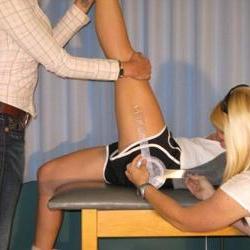 Is what Stuart has been asking me. He is not interested in how far a golfer can do a standing long jump.
Is what Stuart has been asking me. He is not interested in how far a golfer can do a standing long jump.
I am not interested in doing isolated body tests such as the static leg raise (pictured right).
These give isolated information, completely out of context. They assume that the athlete is broken, and that we can rebuild them piece by piece.
(In fact I came across some tennis coaches looking at this test, who really should know better, telling me that it helps predict tennis playing ability!)
What we want are simple measurements that look at the golfer as a whole, but give us specific information to work on.
I use a 5 point assessment with all my athletes that give a starting point on how their body works as a whole. This information allows the golfer to know their own body a bit better, and how it works.
The golf swing is a massive connection of the kinetic chain. Trying to isolate parts of it and put it back together will just make it an omnishambles
Don’t train to the test.
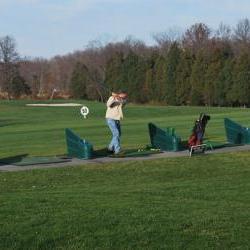 There is a danger when “testing” to just practice the test in order to “show improvement”.
There is a danger when “testing” to just practice the test in order to “show improvement”.
This is a danger when coaches are trying to justify their own worth. It is “scientificy” rather than proven science.
The most important test is on the golf course. When we work with golfers we look at their overall athleticism and improve that.
They can all hold their positions throughout a tournament and hit killer drives.
Athletic Development is more than shuffling isolated puzzle pieces around.


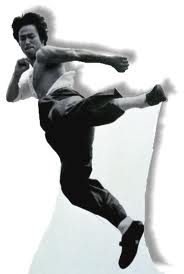 According to Bruce Lee in the Tao of Jeet Kune Do, where he talks about traditional martial arts training and refers to it as organised despair.
According to Bruce Lee in the Tao of Jeet Kune Do, where he talks about traditional martial arts training and refers to it as organised despair. 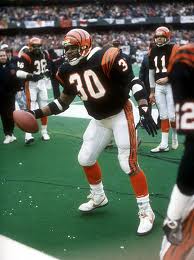 A prime example is the Ickey shuffle through a ladder. This footwork pattern was Ickey Wood’s touchdown dance for Pete’s sake, he didn’t do it in the game!
A prime example is the Ickey shuffle through a ladder. This footwork pattern was Ickey Wood’s touchdown dance for Pete’s sake, he didn’t do it in the game!